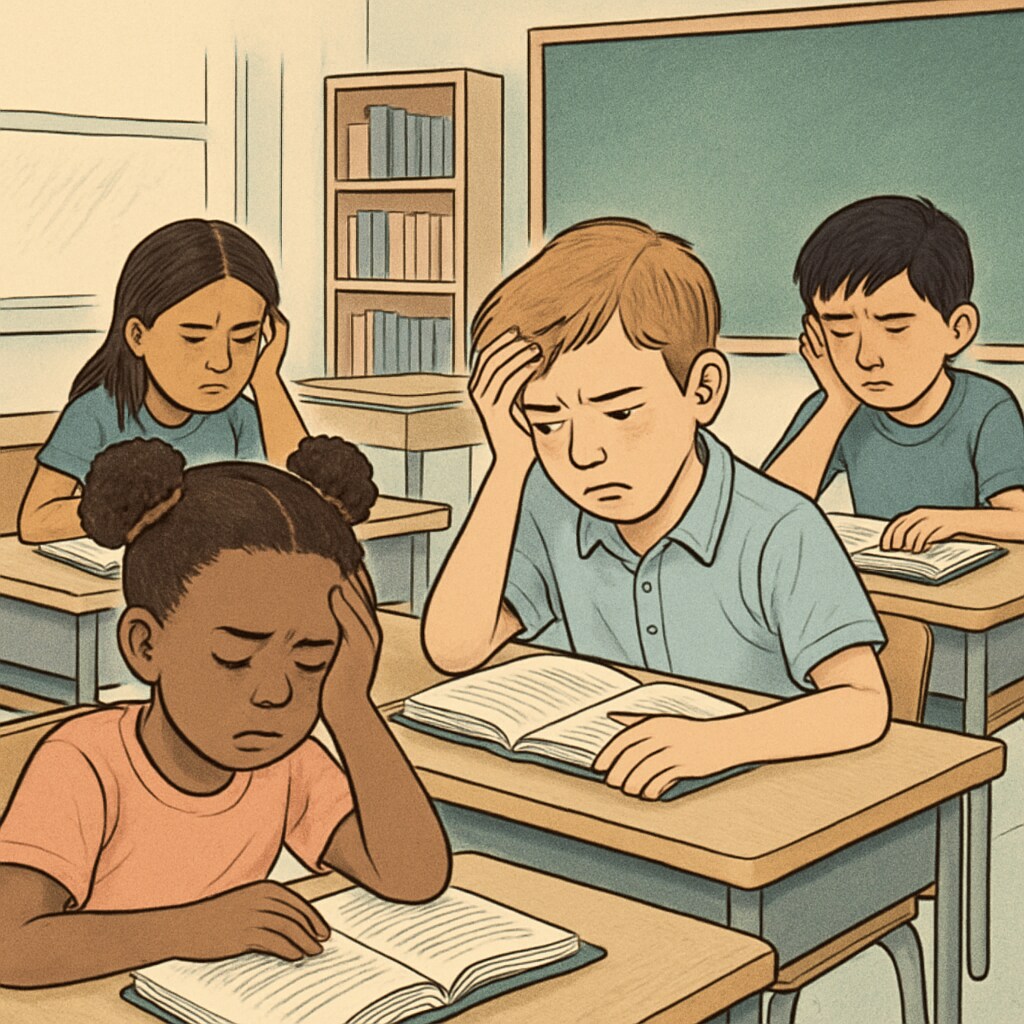The ongoing debate about reading instruction, school-to-prison pipeline connections, and revelations from “Sold a Story” exposes a critical failure in modern education systems. For decades, flawed reading methods have been systematically failing students, particularly those from disadvantaged backgrounds. These instructional approaches not only hinder literacy development but may also set children on a path toward academic failure and even incarceration.
The Science of Reading vs. Popular Teaching Methods
Research from the National Reading Panel clearly shows that effective reading instruction requires:
- Systematic phonics instruction
- Phonemic awareness development
- Vocabulary building
- Reading fluency practice
- Comprehension strategies
However, many schools continue using outdated methods like “three-cueing” that encourage guessing rather than decoding. The “Sold a Story” podcast reveals how publishers profited from promoting these ineffective techniques despite contrary evidence.

From Reading Difficulties to the Justice System
The connection between early literacy struggles and later incarceration is well-documented. According to the Annie E. Casey Foundation, students who don’t read proficiently by third grade are four times more likely to drop out of school. High school dropouts, in turn, face dramatically higher risks of entering the criminal justice system.
This troubling pattern creates what education researchers call the “school-to-prison pipeline” – where academic failure leads to disciplinary problems, which then escalates to involvement with law enforcement.
Systemic Failures and Potential Solutions
Several factors contribute to the persistence of ineffective reading instruction:
- Teacher training programs emphasizing disproven methods
- Publishing companies prioritizing profits over pedagogy
- Administrative resistance to change
- Lack of early screening for reading difficulties
States like Mississippi have shown dramatic improvements by implementing science-based reading reforms, proving change is possible with proper commitment.

The reading instruction crisis affects millions of children annually, with disproportionate impacts on marginalized communities. Addressing this issue requires acknowledging the scientific evidence, retraining educators, and holding curriculum publishers accountable. Only through systemic reform can we break the connection between early reading struggles and the school-to-prison pipeline.


